Residing vegetation make an attractive addition to any fish tank. Artistically organized aquatic vegetation look lovely and supply hiding locations for fry and shy fish species. Residing vegetation furthermore take up nitrates from the water and provides off oxygen all by photosynthesis, serving to to maintain up the surroundings protected and healthful in your fish.
Even elevated, you don’t ought to be a green-fingered educated to develop vegetation in your fish tank, as there are many easy-to-grow species which may be wonderful for newbies.
Be taught this knowledge to look out our favourite 19 aquarium vegetation which can reduce nitrate ranges in your aquarium water.
19 Greatest Aquarium Vegetation To Cut back Nitrates
Now, let’s get into our itemizing of the 19 most attention-grabbing aquatic vegetation to cut once more nitrates all through the freshwater aquarium. You should buy all these vegetation at good fish shops and on-line.
1. Marimo Moss Ball


- Full title: Aegagropila linnaei
- Care draw back: Simple
- Mild Diploma: Low to medium
Marimo Moss Balls are a vastly customary aquarium favourite with hobbyists.
In actuality, these bizarre inexperienced spheres usually won’t be vegetation in the slightest degree, however a species of algae. The algae develop on lake beds, the place the motion of the water’s mild movement shapes them into their attribute spherical variety.
Marimo Moss does efficiently in a low-light setup with cool water, though they’re going to furthermore preserve in tropical tanks.
2. Amazon Frogbit
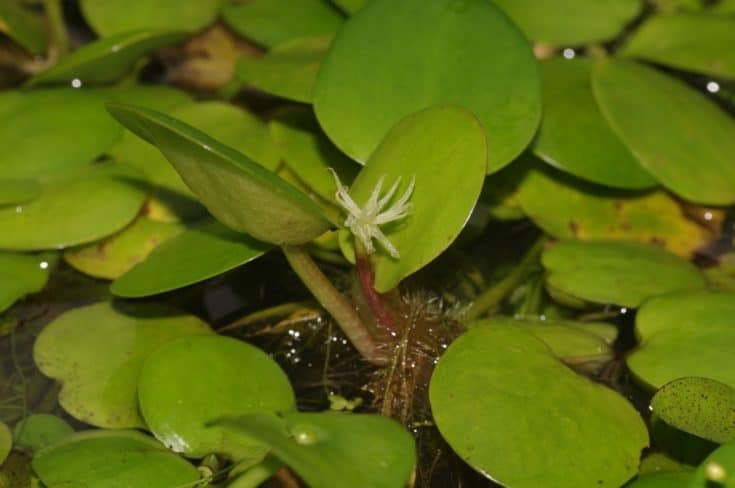

- Full title: Limnobium laevigatum
- Care draw back: Simple
- Mild Diploma: Low to Excessive
Amazon Frogbit is a super-easy surface-growing aquatic plant that acquired’t take over your tank as some related vegetation do. Frogbit produces dangling roots that path down from the bottom to create good hiding locations for fry and timid fish species.
It is doable you may preserve Frogbit beneath administration by utilizing a plastic tubing ring.
3. Hornwort
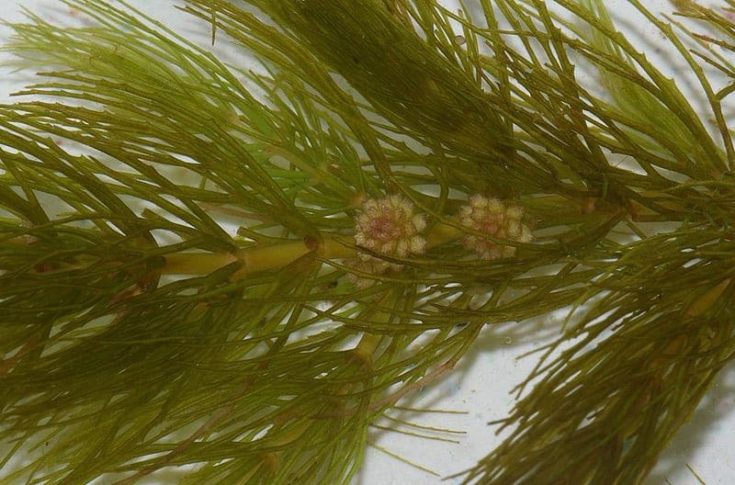

- Full title: Ceratophyllum demersum
- Care draw back: Simple
- Mild Diploma: Low to Excessive
Hornwort is tolerant of almost any water temperature because it may be discovered rising on each continent furthermore Antarctica.
There are over 300 utterly completely totally different species of Hornwort to select from. The plant can develop all through the substrate or free-floating on the water floor. This usually is a tall plant which can contact the water floor if grown rooted all through the substrate.
Hornwort is an easy plant to take care of nonetheless it does have a habits of shedding its bristle-like leaves, making a multitude all through the tank, and usually clogging filter inlets.
4. Dwarf Hairgrass
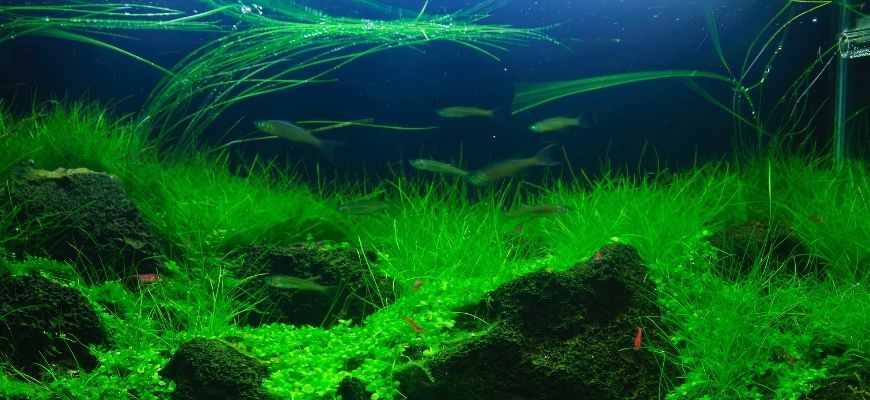

- Full title: Eleocharis Parvula
- Care draw back: Simple
- Mild Diploma: Medium to Excessive
Dwarf Hairgrass is a hardy, easy-to-grow plant that grows rapidly, masking the substrate in a lush, grassy inexperienced carpet as lots as 6 inches excessive.
There are two species of Dwarf Hairgrass, Eleocharis acicularis and Eleocharis parvula, each of which might be grown all through the aquarium.
5. Water Wisteria
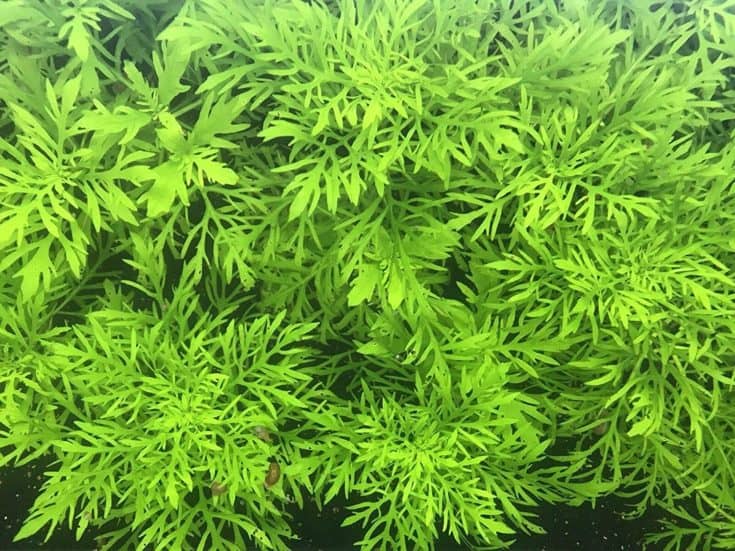

- Full title: Hygrophila Difformis
- Care draw back: Simple
- Mild Diploma: Medium
The tropical aquatic plant, Water Wisteria is a member of the Acanthaceae household.
The plant may probably be very straightforward to develop and is highly effective sufficient to have the facility to care for most rookie errors. You don’t ought to fertilize the plant or present it with specific lighting. This lovely vibrant inexperienced plant may be grown as a carpet plant or free-floating on the bottom.
6. Dwarf Water Lettuce
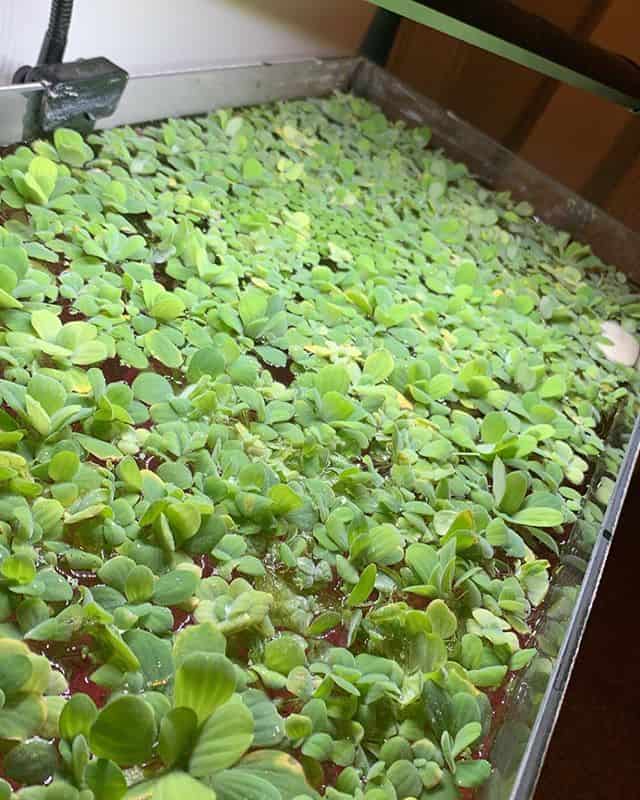

- Full title: Pistia stratioes
- Care draw back: Simple to Frequent
- Mild Diploma: Medium
Dwarf Water lettuce is taken into account native to Africa. This lovely floor plant is a member of the arum household, which may be normally seen in quite a few yard ponds.
The plant is fairly straightforward to develop and propagates quickly. Nonetheless, though it is a fairly sturdy plant, it does demand the turning into circumstances and care to thrive.
7. Java Fern
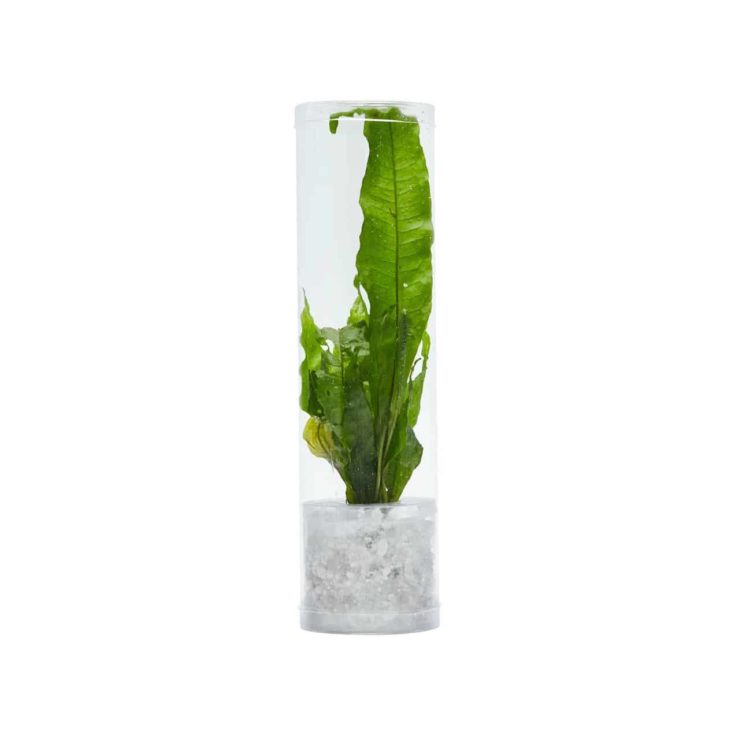

- Full title: Microsorum Pteropus
- Care draw back: Simple
- Mild Diploma: Low to Frequent
Java Fern is an significantly customary, beginner-friendly plant that’s straightforward to develop, offered that the rhizome is saved above the substrate.
It is doable you may develop these vegetation rooted all through the substrate or hooked as a lot as driftwood, rocks, and ornaments with fishing line or aquascaping twine. Java Fern is type of slow-growing, producing child vegetation normally on its leaves. Merely take away the mannequin new vegetation and fasten them to any onerous floor all through the aquarium.
8. Anubias Barteri
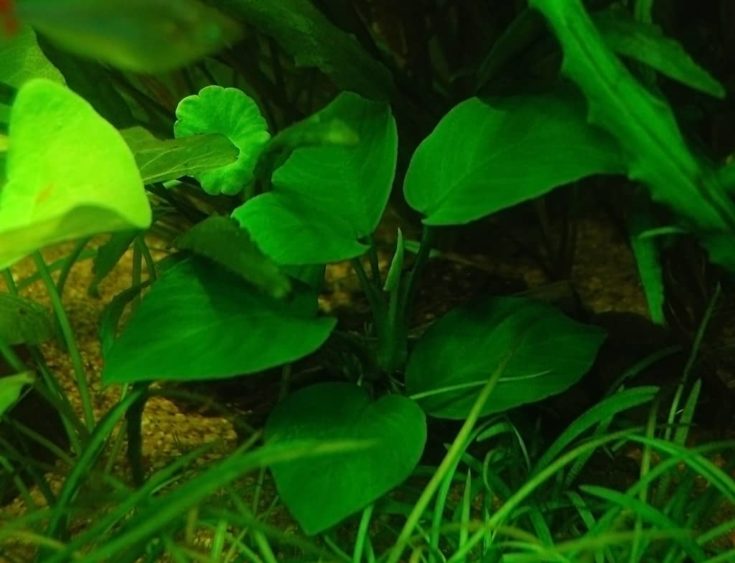

- Full title: Anubias barteri
- Care draw back: Simple
- Mild Diploma: Low to Excessive
Anubias barteri is true to be used in a small tank, because of it doesn’t get too giant, reaching merely seven inches in peak. Furthermore, the plant may probably be very straightforward to take care of and slow-growing, making it perfectly suited to newbies.
The plant might be very useful for setups containing snails and fish species that need to nibble on plant leaves, as Anubias has sturdy, bitter leaves. It is doable you may develop the plant all through the substrate or hooked as a lot as rocks and wooden. To propagate the plant, merely cut back up the rhizomes, and restore the child vegetation to a little bit little bit of driftwood or to a rock.
9. Water Sprite
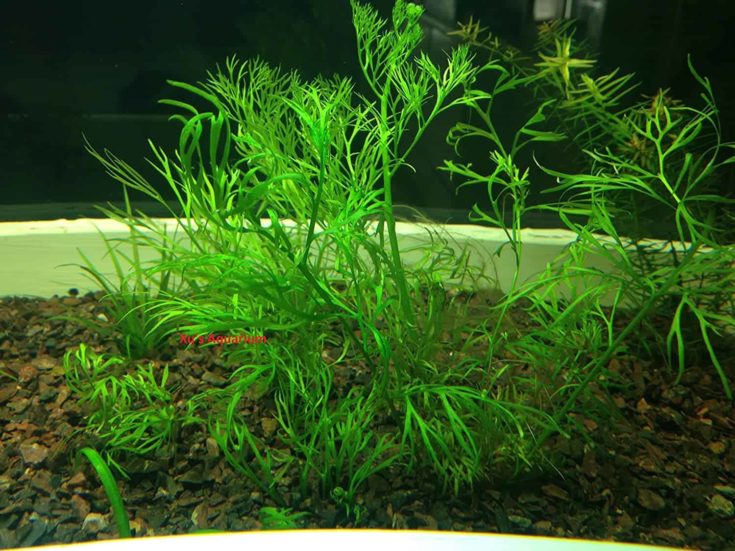

- Full title: Ceratopteris thalictroides
- Care draw back: Simple
- Mild Diploma: Medium
Water Sprite might be normally often known as Water Fern, Indian Water Fern, and Oriental Water Fern. The plant may probably be very versatile and may be grown all through the substrate or free-floating all through the water.
The plant may probably be very fast-growing, thrives in quite a few utterly completely totally different environments, and is simple to domesticate, so it’s perfectly suited to a newbie. It’s also attainable to develop Water Sprite in exactly brackish water, though it’s really a freshwater plant.
10. Java Moss


- Full title: Taxiphyllum Barbieri
- Care draw back: Simple
- Mild Diploma: Low to low-cost
Java Moss comes from South East Asia and is awfully customary with hobbyists, because of it’s straightforward to take care of and actually partaking, too.
It is doable you may develop the plant all through the substrate as a carpet plant or mounted to driftwood. It’s also attainable to develop this lovely vibrant inexperienced moss as a free-floating plant on the bottom of the water.
11. Duckweed
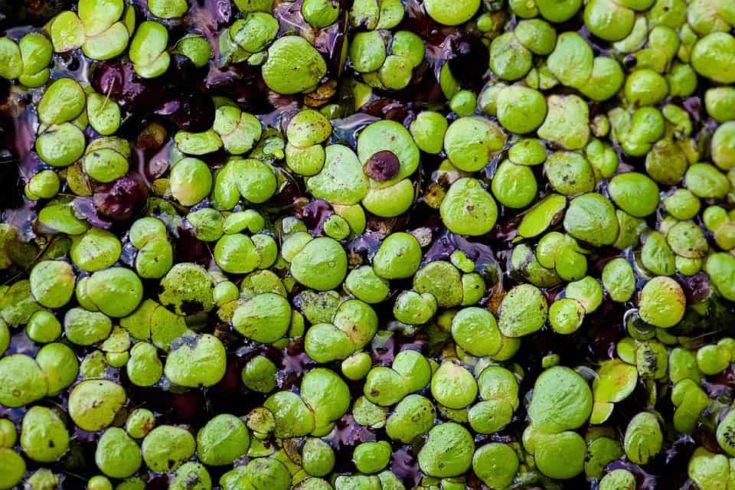

- Full title: Lemna minor
- Care draw back: Simple
- Mild Diploma: Low to Medium
Duckweed sucks up extra nitrates from the water like a sponge! This plant is very vigorous and quick-growing, quickly masking the bottom of the water.
Though the plant supplies the correct hiding place for small fish and fry, it may be a ache due to it is able to rising to some circumstances its distinctive measurement in merely in the end! So, you’ll have to include the Duckweed in a hoop of plastic tubing set on the bottom in order that it doesn’t overrun your tank.
12. Pothos
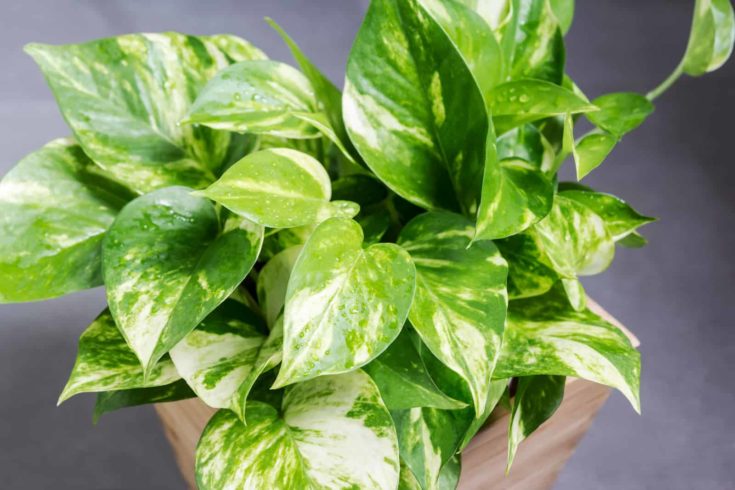

- Full title: Epipremnum aureum
- Care draw back: Simple
- Mild Diploma: Medium
Pothos is definitely elevated often known as a houseplant. Nonetheless, you may develop the plant in water, too, and it’s normally seen in terrariums.
Pothos vegetation are poisonous, so don’t put the cuttings immediately into the fish tank. First, you may probably root the cuttings in water in a separate container. As rapidly as a result of the plant’s wound has healed, it’s protected to place the plant into your aquarium. These vegetation are terribly grasping, rapidly absorbing any obtainable nitrates all through the water and serving to to maintain up your tank healthful in your fish.
13. Water Spangles
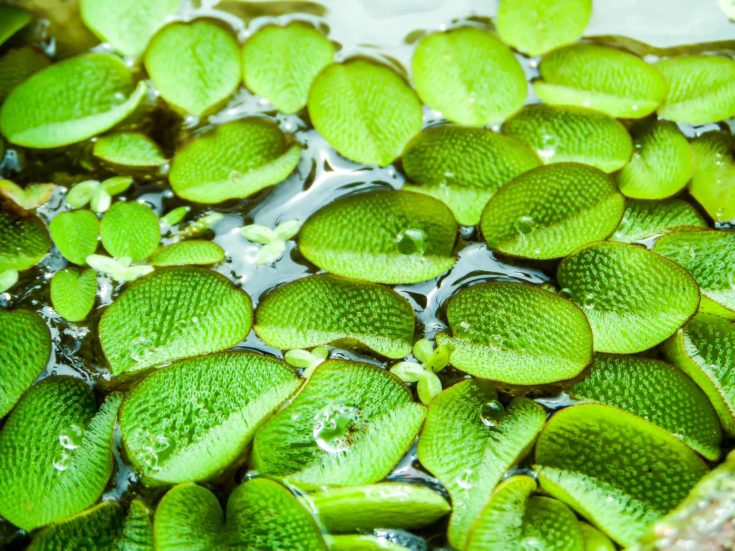

- Full title: Salvinia minima
- Care draw back: Simple
- Mild Diploma: Medium
Water Spangles is a species of free-floating aquatic fern that’s develop to be terribly customary all through the curiosity due to its fast progress price, hardiness, ease of care, and adaptableness.
Not solely does the plant take in nitrates from the water, nonetheless it furthermore removes heavy metals, together with copper, very efficiently. This lovely plant rapidly types networks of submersed, filamentous leaves that make the correct hideout for barbecue and web pages for bubble nests.
14. Tall Hairgrass
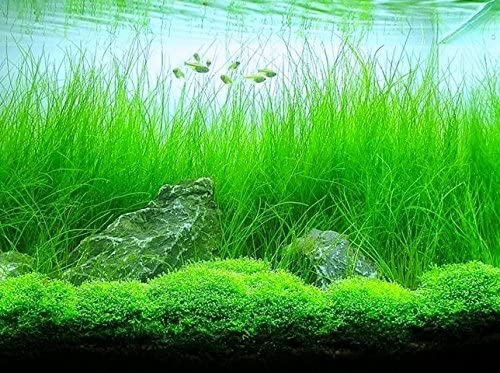

- Full title: Eleocharis montevidensis
- Care draw back: Simple
- Mild Diploma: Medium to Excessive
Tall Hairgrass is a carpet plant which can develop to realize spherical 10 inches tall. Though it’s straightforward to develop, you do ought to trim the plant to encourage it to unfold out pretty than develop upward.
The primary draw again with this plant is that it’d most definitely make a multitude in your tank, shedding its extended, grass-like leaves while you’re ending up routine upkeep. Nonetheless, Tall Hairgrass is fairly voracious concerning absorbing dietary nutritional vitamins from the water.
15. Amazon Sword


- Full title: Echinodorus bleheri
- Care draw back: Simple
- Mild Diploma: Medium
Amazon Sword is type of the favored aquarium plant all through the curiosity, and it’s good for a medium to large-sized aquarium.
The vegetation produce lovely broad inexperienced leaves which may be wonderful for bettas to loosen up on, and the deep root system stops the plant from being merely uprooted. Amazon Sword is simple to take care of and is simple to propagate. All you do is nip new vegetation from the underground flowering stems and plant them all through the substrate.
16. Mainam Hygrophila Salicifolia Sp. Slender Leaf
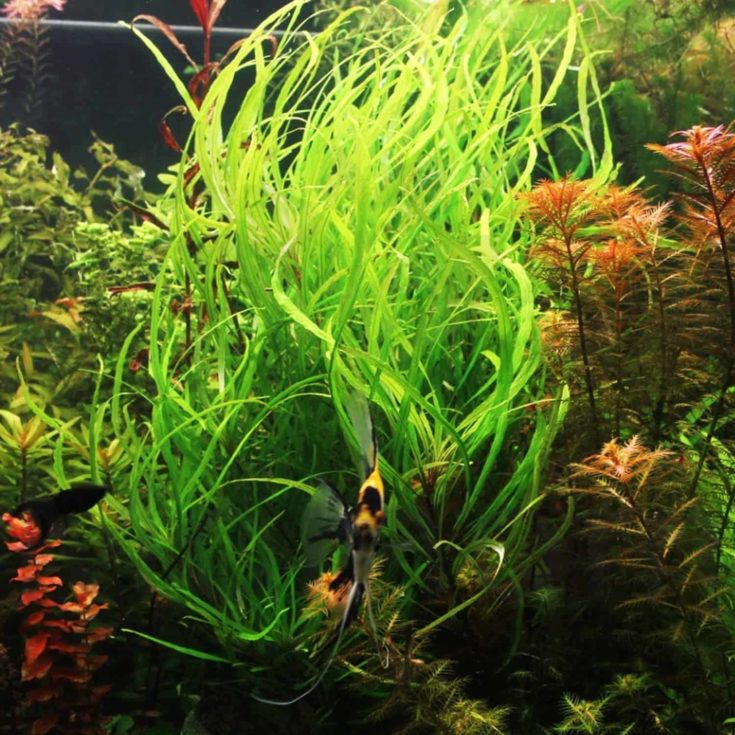

- Full title: Mainam Hygrophila Salicifolia
- Care draw back: Simple to Frequent
- Mild Diploma: Medium
Hygrophila can be known as Widespread Swamp Weed. This lovely flowering plant is a member of the acanthus household, and there are between 80 to 100 species of Hygrophila, a few of which may be aquatic.
These vegetation are very hardy and easy to develop, making them perfectly suited to a newbie’s setup. Furthermore, the vegetation deplete numerous nitrates, serving to to maintain up the tank healthful and guarded in your fish.
17. Anubias Nana Petite


- Full title: Anubias Nana Petite
- Care draw back: Simple
- Mild Diploma: Medium
Anubias nana petite is a very fashionable totally different of aquarium plant that’s accessible and low-cost to purchase.
These vegetation have small, vibrant inexperienced leaves that make this a extraordinarily helpful foreground specimen, and their undemanding nature makes Anubias perfectly suited to newbies and knowledgeable aquarists alike.
Anubias nana petite is an epiphyte. Epiphytes can develop on completely totally different vegetation, absorbing moisture and dietary nutritional vitamins with out harming the host plant.
18. Chaetomorpha
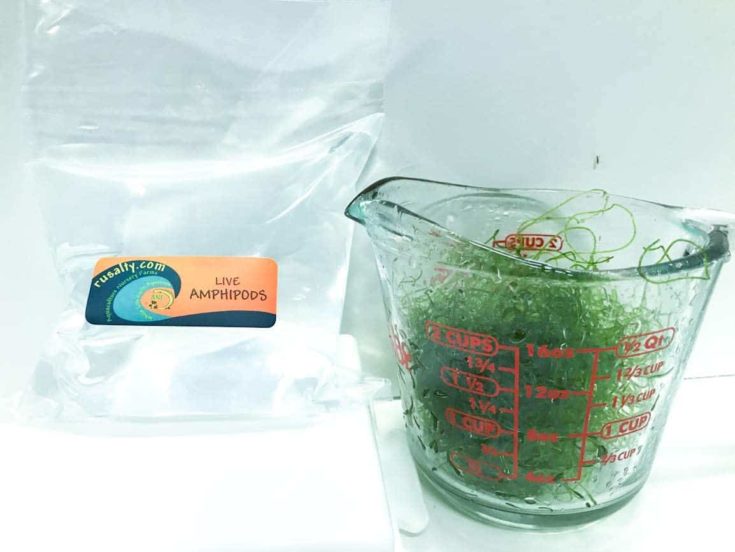

- Full title: Chaetomorpha
- Care draw back: Simple
- Mild Diploma: Low to Excessive
Chaetomorpha can be known as spaghetti algae.
These vegetation are normally utilized in refugiums to develop a thick mattress of macroalgae. Chaetomorpha creates important habitat for pods and completely totally different microcrustaceans, together with having decorative makes use of.
Nonetheless, the principle use of Chaetomorpha is to soak up extra nitrates and phosphates from the aquarium water. The dietary nutritional vitamins are removed from the system when the algae are harvested and thrown away.
19. Micro Sword
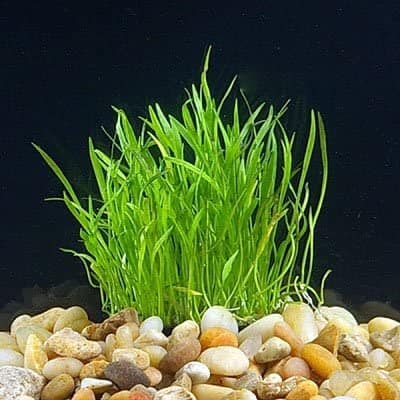

- Full title: Lilaeopsis brasiliensis
- Care draw back: Simple
- Mild Diploma: Low to Excessive
When outfitted with optimum circumstances, micro Sword is a fast-growing plant, quickly forming a thick carpet over the substrate.
The plant has good inexperienced, grass-like leaves that rapidly prepare a colony the place spawning fish can lay their eggs and fry can shelter. You’ll have to carry on extreme of pruning the plant in order that it doesn’t invade completely totally different vegetation in your setup. It’s best to benefit from the clippings to propagate new vegetation just by planting them all through the substrate.
What Is Nitrate And How Does It Get Into Your Aquarium?
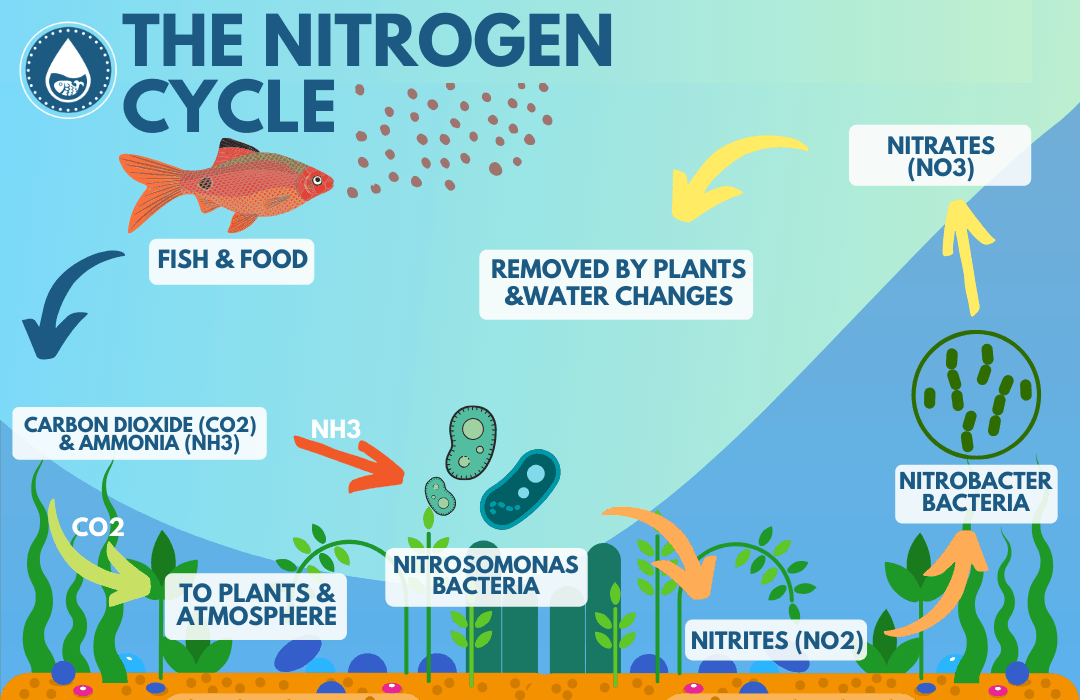

Nitrate is a chemical that’s produced by the helpful micro organism in your filter media as a product of the Nitrogen Cycle. Although it’s not good in your fish and the opposite dwelling creatures in your fish tank, nitrate is definitely a part of a healthful, functioning ecosystem.
All through the Nitrogen Cycle, the ammonia that’s given off by decomposing pure matter is reworked into nitrite and nitrate by diversified species of micro organism. Ammonia and nitrite are most definitely deadly for fish and ranges ought to at all times be at zero. Nonetheless, nitrates are lots a lot much less dangerous and will ideally be at ranges of 20ppm or lots a lot much less.
To care for the degrees of nitrates all through the water to a minimal, you need to to hold out partial water modifications every week, altering the soiled water with clear, dechlorinated water. Nonetheless, aquatic vegetation naturally take away nitrates out of your aquarium by utilizing the chemical substances as a sort of fertilizer.
So, in principle, you may tempo upcycling in a mannequin new aquarium by filling it with vegetation in a course of often known as “silent biking.”
How Do Your Aquarium Vegetation Use Nitrates?
Aquarium vegetation take up nitrates and completely totally different nitrogen compounds, together with ammonia and nitrite from the water.
Vegetation can metabolize these substances, utilizing them as growing blocks to create pure molecules. That’s good news in your fish and invertebrates, as these self comparable compounds are terribly dangerous to them, notably throughout the event that they’re allowed to assemble up all through the water.
Vegetation ought to be healthful to soak up nitrate and thrive, and so they additionally furthermore want on the very least eight to 10 hours of sunshine on each day basis. Totally completely totally different species of vegetation want utterly completely totally different ranges of sunshine, so at all times double-check that your aquarium lighting unit fulfills the necessities of the vegetation you need ahead of you add them to your setup.
Some vegetation can survive with out extra supplementation. Nonetheless, others need a serving at hand contained in the sort of carbon dioxide and liquid or pill fertilizer dietary dietary dietary supplements, with out which the vegetation acquired’t thrive or be capable to take in nitrates.
Can Vegetation Add Nitrogen Compounds To Your Aquarium?
To your vegetation to take away nitrates efficiently out of your fish tank, you may probably preserve them. So, widespread trimming is required to take away lifeless and shed leaves, trim damaged stems, and likewise you furthermore ought to take out any vegetation that die.
Throughout the event you go away lifeless plant provides all through the tank, it could probably rapidly decompose, along with extra ammonia and nitrite to the water and compromising the water high quality.
What Makes The Greatest Nitrate Consuming Vegetation?
Primarily, vegetation that develop in a short time have the proper demand for nitrate and phosphate, together with completely totally different dietary nutritional vitamins that the vegetation can derive from the water column.
Vegetation use nitrates for healthful, vigorous leaf progress. So, the extra leaves your vegetation put out and the extra vigorous their progress price, the extra nitrates the vegetation will use.
Column Feeders vs. Root Feeders
Some plant species extract the dietary nutritional vitamins they want immediately from the water column. These vegetation embrace floating species and folk which can be mounted to driftwood or rocks. These vegetation are often known as column feeders, extracting dietary nutritional vitamins by means of rhizomes.
Root feeders take throughout the vitamin they want immediately from the substrate. When you’ve got root feeders in your aquarium, you’ll want to make use of a gravel substrate to maintain up the vegetation anchored, together with permitting the free movement of water by the use of the gravel to the plant’s root system.
Of the 2, column feeders are your best option for sustaining nitrate ranges down due to they extract the dietary nutritional vitamins they want immediately from the water column.
Utterly totally different Methods To Cut back Nitrates In The Aquarium
Together with utilizing vegetation for nitrate low value in your fish tank, there are a choice of numerous sensible methods to do that, together with:
- Ending up widespread partial water modifications is very surroundings pleasant at reducing nitrate ranges all through the water and will kind a part of your widespread upkeep regime.
- When performing the water modifications, vacuum the aquarium substrate utterly to take away decomposing pure matter ahead of it pollutes your water.
- When performing the water modifications, vacuum the aquarium substrate utterly to take away decomposing pure matter ahead of it pollutes your waDon’t overfeed your fish! Overfeeding can go away uneaten meals decomposing all through the tank, producing numerous ammonia that’s rapidly processed into nitrites and nitrate. Furthermore, the extra meals your fish eat, the extra waste they produce, along with to the burden in your pure filter and contributing to the build-up of poisons.
- Take note to rinse your filter media in tank water every month. That removes safe waste particles which can be trapped all through the media, which can decompose, lastly ending up as nitrates all through the water. Concede to change the filter media in step with the producer’s options to make it doable for the filtration system stays setting nice.
In Conclusion
Did you profit from our knowledge to utilizing dwelling vegetation to cut once more nitrates in your fish tank? Throughout the event you in all probability did, envisage to share!
Residing vegetation extract nitrates immediately from the water to make the most of as dietary nutritional vitamins. Quick-growing, column-feeding plant species are most definitely in all probability essentially the most setting nice at extracting nitrates from the water, so take into consideration deciding on these in your aquarium.
What aquatic vegetation would you like and why? Inform us all through the solutions half beneath.

